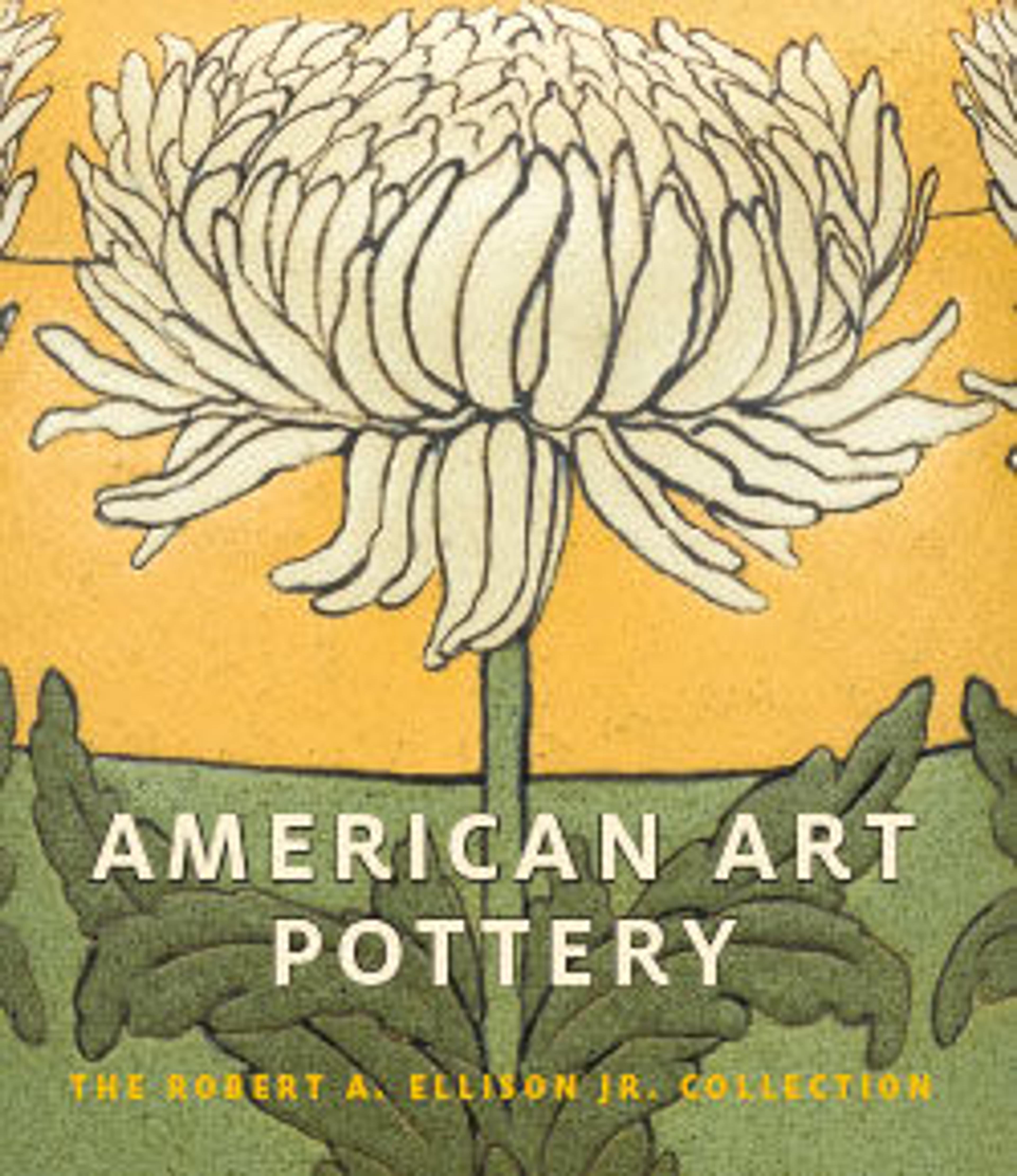Lekythos
The Chelsea Keramic Art Works was the first American ceramics firm to designate itself an "art pottery." It was founded in Chelsea, Massachusetts, by members of the Robertson family, all of whom had honed their skills in the ceramics industry in Britain before coming to this country. An early specialty of the firm was the reproduction of Ancient Greek pottery made fashionable by such English tastemakers as Charles Locke Eastlake. Chelsea's rich red clay was particularly well suited to Greek designs. By 1874 the firm was producing finely made copies of antique vases with decoration painted in black slip. One example imitates the form of a Greek Lekythos, several of which were in the published catalogue of the celebrated Engelfield Collection, with which the Robertson's were familiar. Unlike the decoration on the antique models by the firm, the ornamentation on the lekythos reflects the tenets of contemporary English Reform designers such as Charles Locke Eastlake and Christopher Dresser. The principal pattern of highly conventionalized leaves over a heart-shaped central motif--entirely modern in style--looked to a design published in Dresser's 1873 Principles of Decorative Design. Another departure from the antique was the use of polychrome, seen in the secondary leafy elements, which were cold-painted in cream, olive, and pink. According to Robertson family tradition, this vase was decorated by John Gardner Low, who painted other Greek-style vases made at Chelsea.
This vase is from the Robert A. Ellison Jr. Collection of American art pottery donated to the Metropolitan Museum in 2017 and 2018. The works in the collection date from the mid-1870s through the 1950s. Together they comprise one of the most comprehensive and important assemblages of this material known.
This vase is from the Robert A. Ellison Jr. Collection of American art pottery donated to the Metropolitan Museum in 2017 and 2018. The works in the collection date from the mid-1870s through the 1950s. Together they comprise one of the most comprehensive and important assemblages of this material known.
Artwork Details
- Title:Lekythos
- Manufacturer:Chelsea Keramic Art Works (1872–1889)
- Decorator:John G. Low (1835–1907)
- Date:ca. 1875–77
- Geography:Made in Chelsea, Massachusetts, United States
- Culture:American
- Medium:Earthenware
- Dimensions:8 x 3 in. (20.3 x 7.6 cm)
- Credit Line:Gift of Robert A. Ellison Jr., 2018
- Object Number:2018.294.15
- Curatorial Department: The American Wing
More Artwork
Research Resources
The Met provides unparalleled resources for research and welcomes an international community of students and scholars. The Met's Open Access API is where creators and researchers can connect to the The Met collection. Open Access data and public domain images are available for unrestricted commercial and noncommercial use without permission or fee.
To request images under copyright and other restrictions, please use this Image Request form.
Feedback
We continue to research and examine historical and cultural context for objects in The Met collection. If you have comments or questions about this object record, please contact us using the form below. The Museum looks forward to receiving your comments.
